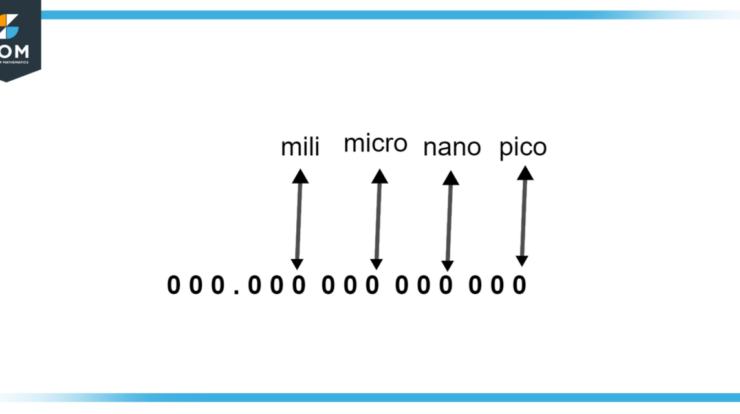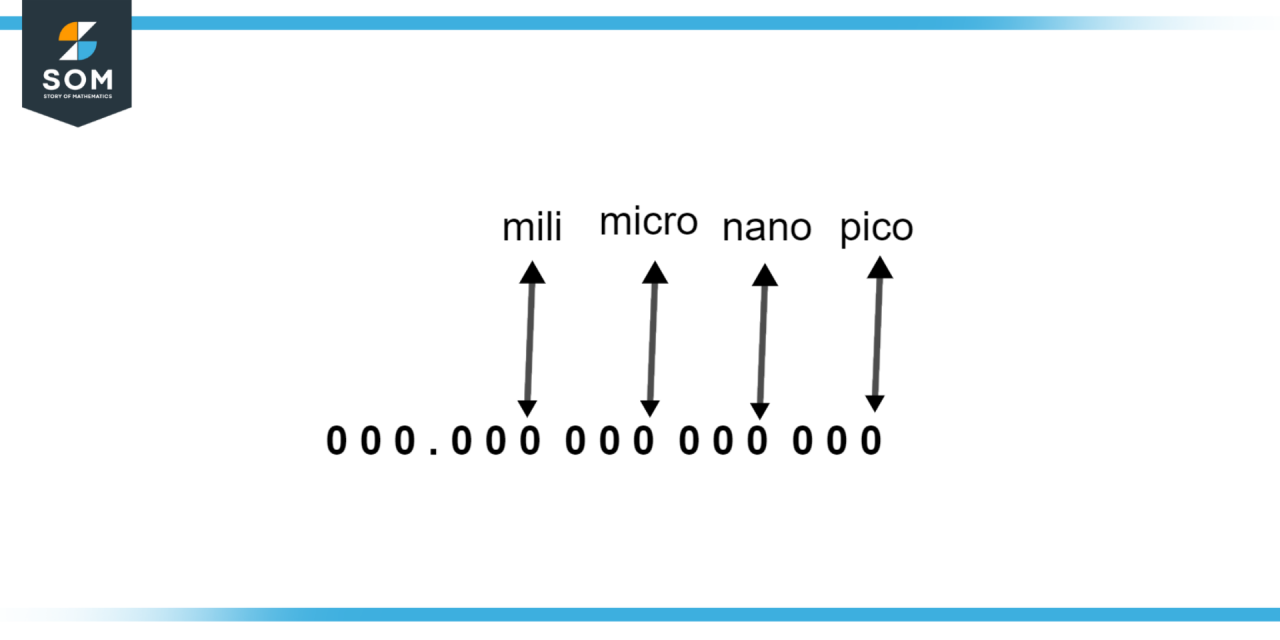
Micro meaning, a pivotal concept in linguistics, literature, psychology, and computational linguistics, delves into the subtle shades of meaning embedded within language. By examining the interplay between words and context, micro meaning reveals the intricate tapestry of human communication.
From shaping characterization in literary masterpieces to influencing perception and decision-making in cognitive psychology, micro meaning unveils the profound impact of linguistic nuances on our understanding of the world.
Micro Meaning in Linguistics
Micro meaning, also known as “linguistic microstructure”, refers to the smallest units of meaning within a language. It focuses on the semantic content of individual words, phrases, and morphemes, and how they contribute to the overall meaning of a sentence or discourse.
By analyzing micro meanings, linguists can gain insights into the structure, function, and interpretation of language.
Examples of Micro Meanings
- The word “run” has several micro meanings, including “move quickly on foot”, “operate”, and “compete”.
- The phrase “in the morning” conveys the micro meaning of a specific time period between sunrise and noon.
- The morpheme “-ing” in the word “running” indicates a present progressive tense.
Relationship between Micro Meaning and Context
Micro meanings are heavily influenced by the context in which they are used. For example, the meaning of the word “run” can change depending on whether it is used in the context of a footrace or a computer program.
Micro Meaning in Literary Analysis
In literary analysis, micro meanings play a crucial role in enhancing characterization, symbolism, and theme development. By examining the subtle nuances and connotations of individual words and phrases, literary critics can uncover deeper insights into the author’s intent and the work’s overall meaning.
Characterization
Micro meanings can reveal the complexities of characters and their motivations. For instance, in Shakespeare’s Hamlet, the character of Hamlet’s famous “To be or not to be” soliloquy is shaped by the micro meanings of words like “to be”, “not to be”, and “to die”.
Symbolism
Micro meanings can also be used to create and interpret symbols within a literary text. For example, in Emily Dickinson’s poem “Because I could not stop for Death”, the micro meaning of the carriage as a symbol of death is conveyed through its slow and steady movement.
Theme Development
Micro meanings can contribute to the development of themes and motifs within a literary work. For instance, in Toni Morrison’s novel Beloved, the micro meaning of the word “beloved” shifts throughout the narrative, reflecting the complex and evolving relationship between the characters.
Micro Meaning in Cognitive Psychology
Cognitive psychologists study the mental processes involved in extracting micro meanings from language. These processes include:
Attention and Perception
Micro meanings are often subtle and require focused attention to perceive and interpret. Cognitive psychologists investigate how attention and perception influence the extraction of micro meanings.
Memory
Micro meanings are stored in memory and can be retrieved when needed. Cognitive psychologists study how micro meanings are encoded, stored, and retrieved from memory.
Decision-Making
Micro meanings can influence decision-making by providing information and shaping preferences. Cognitive psychologists explore how micro meanings affect judgments and choices.
Micro Meaning in Computational Linguistics
Computational linguists develop computational models to represent and analyze micro meanings in text data. These models are used in a variety of applications, including:
Natural Language Processing
Micro meaning analysis is essential for natural language processing tasks such as machine translation, text summarization, and question answering. By understanding the micro meanings of words and phrases, computational models can improve their performance on these tasks.
Sentiment Analysis
Micro meanings can be used to analyze the sentiment of text data. By identifying the micro meanings of words and phrases that express positive or negative emotions, computational models can determine the overall sentiment of a document or message.
Information Extraction, Micro meaning
Micro meaning analysis can be used to extract specific information from text data. By identifying the micro meanings of words and phrases that refer to specific entities or concepts, computational models can extract structured data from unstructured text.
Last Word

In conclusion, micro meaning serves as a powerful tool for unraveling the complexities of language and cognition. Its multifaceted nature invites further exploration, promising to illuminate new insights into human communication and the intricacies of our mental processes.
FAQ Section: Micro Meaning
What is the significance of micro meaning in linguistic analysis?
Micro meaning provides a granular understanding of the nuances and subtleties within language, allowing linguists to decipher the precise intent and interpretation of sentences.
How does micro meaning contribute to literary analysis?
In literary texts, micro meanings enhance characterization, symbolism, and theme development, offering readers a deeper appreciation of the author’s craft and the text’s underlying messages.
What role does micro meaning play in cognitive psychology?
Micro meanings influence perception, memory, and decision-making, shaping our understanding of the world and guiding our interactions with others.





